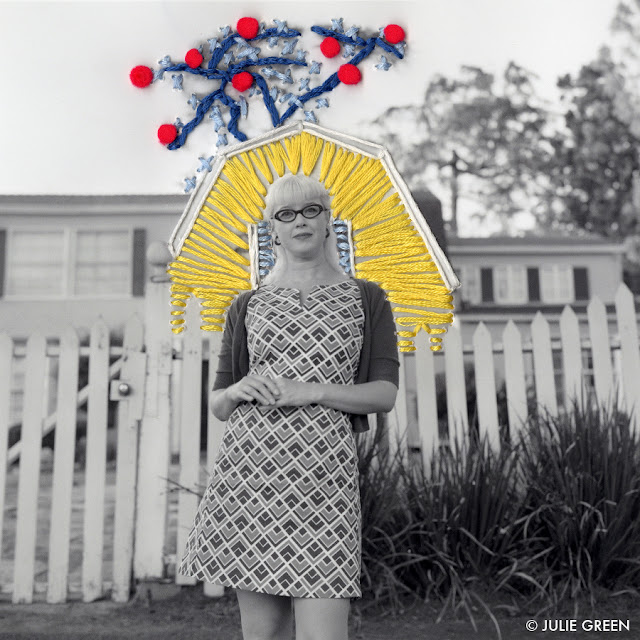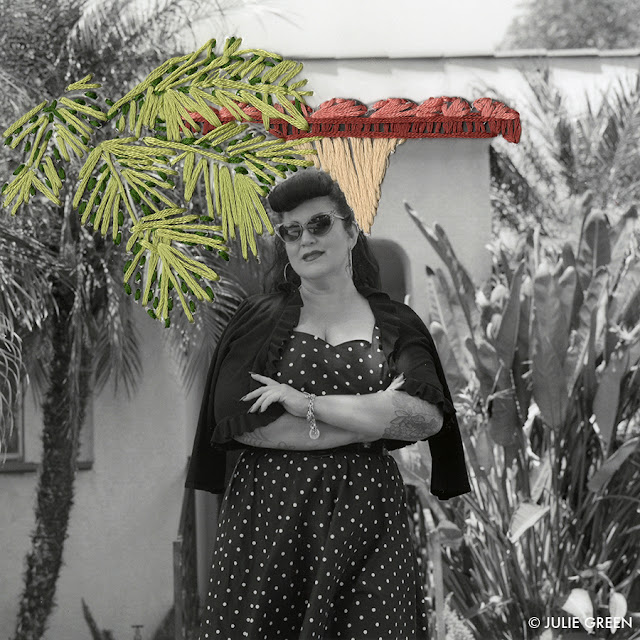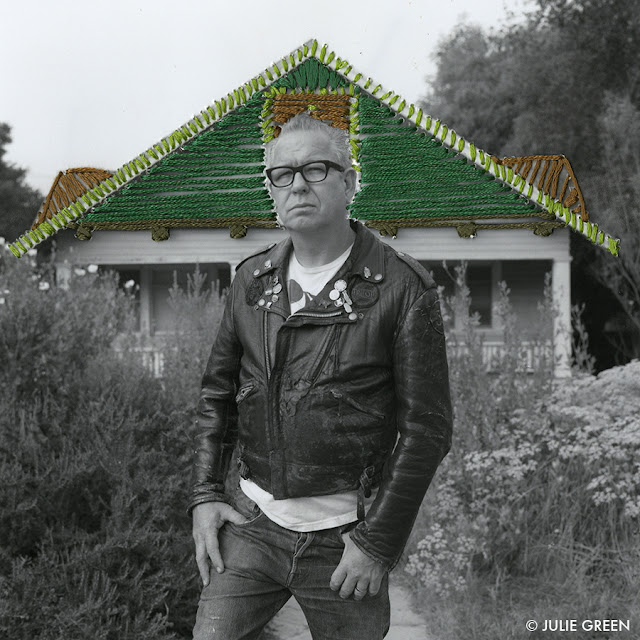Posts
Showing posts from July, 2016

Posted by
Julie Green
Home as Hat: Julian Balme
- Get link
- X
- Other Apps

Posted by
Julie Green
Home as Hat: Susannah Mosher
- Get link
- X
- Other Apps

Posted by
Julie Green
Home as Hat: Julia Rivera
- Get link
- X
- Other Apps

Posted by
Julie Green
Home as Hat: Jonnie Green
- Get link
- X
- Other Apps